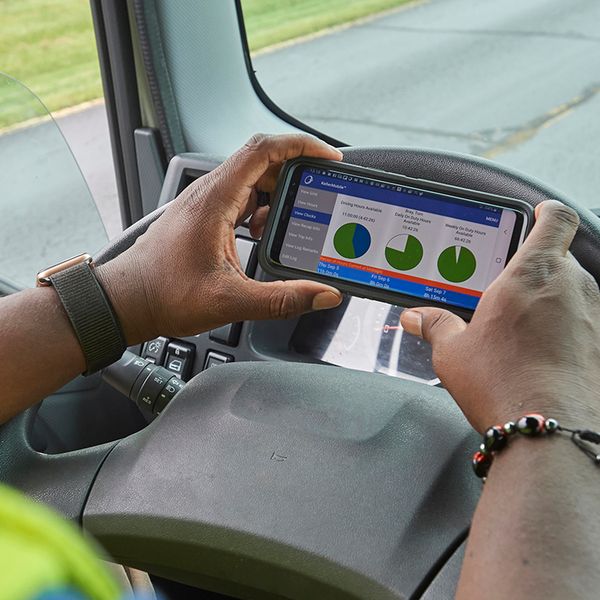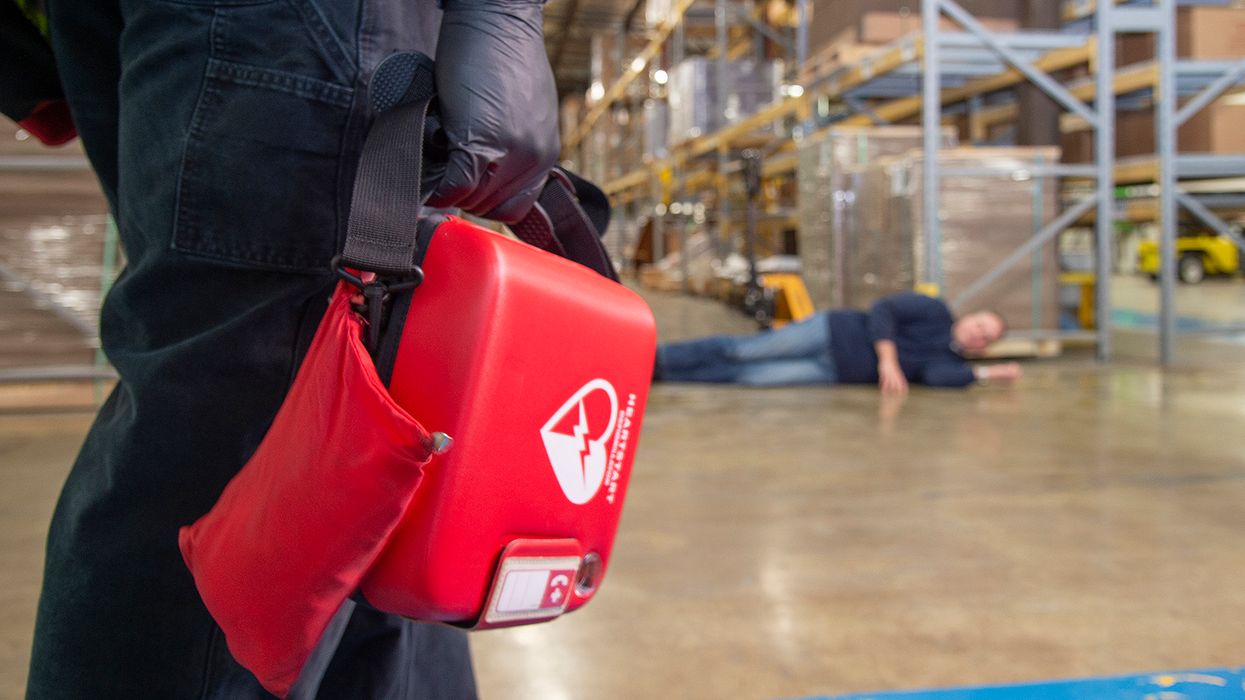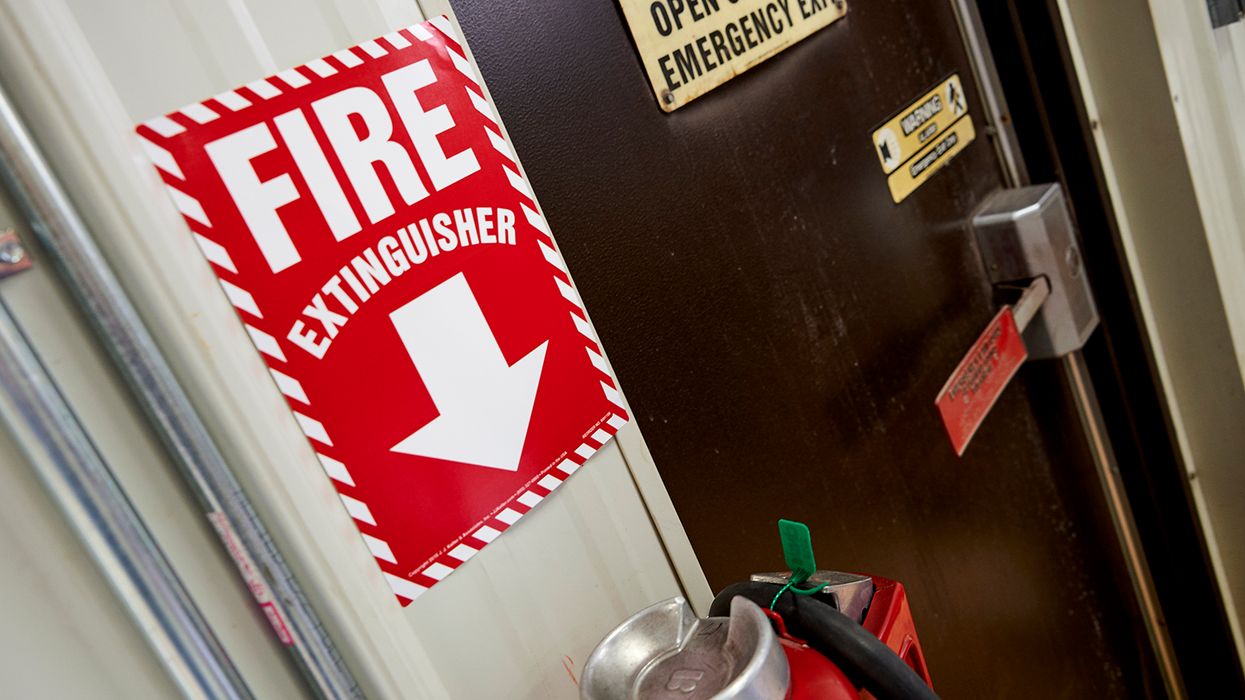Getting the ‘form and manner’ right with ELDs
Through the first nine months of this year, “form & manner” violations tied to electronic logging device (ELD) usage are the second most common roadside driver violation and are on track to surpass last year’s total. The root causes are both preventable and correctable.
Form & manner violations occur when required log entries are incomplete, inaccurate, or missing. Common examples include:
- Missing trailer numbers,
- Missing shipping document numbers, and
- Missing comments (annotations) about unassigned driving time or special driving categories.
Input or verify
Failure to provide all required information, including annotations, can result in violations cited under 49 CFR 395.24, which carries one point in the Compliance, Safety, Accountability (CSA) program. This regulation says ELD-using drivers must manually input:
- Annotations, when required;
- A description of the driver’s location, if prompted by the ELD when it cannot get a position fix; and
- An output file comment, when directed by an officer during a roadside inspection.
In addition, drivers must manually input or verify the following:
- Power unit number;
- Trailer number (if any); and
- Shipping document number, if applicable.
Importantly, trailer numbers must be updated as they change. Whenever a driver picks up or switches trailers, the driver must be in the habit of updating the ELD with the new trailer number(s).
Shipping document numbers
A shipping document number is meant to tie the ELD record to other paperwork for a specific shipment, so the ELD record can be verified. The shipping document number must be updated throughout the day, so the number shown on the ELD at any given time corresponds to the current load (older values are retained behind the scenes).
Only a single number or code is required for any one movement or load; there is no need to enter every number if there are multiple numbers for a single shipment.
However, a shipping document number is only required if the motor carrier uses such numbers for internal tracking and dispatching. If there is none, then the field may be left blank on the ELD or, better yet, the driver may enter a description of the load.
Annotations
Missing annotations are another common violation. Both drivers and motor carriers have responsibilities when it comes to adding comments to an ELD.
Drivers must add an annotation when they:
- Edit their log, to explain the need for the edit (such as “forgot to log off”) (see 395.30(c)(2));
- Use the “yard move” or “personal use” special driving categories, to describe the activity (such as “bobtailed to restaurant”) (see 395.28(a)(2)(ii));
- Use any special exception to (or exemption from) the hours-of-service rules, such as the “adverse driving conditions” exception, the “travel time” exception, the exemption for transporting personal property, etc. (see 395.28(c)); and
- Are prompted by the ELD to add information (see 395.30(c)).
Driver annotations are also recommended whenever a driver exceeds the normal hours-of-service limits without the use of an exception. Explaining why there’s a violation could help mitigate any penalties.
Motor carriers must add an annotation when they:
- Propose an edit to a driver’s log, to explain the need for the edit (see 395.30(d));
- Decide they cannot assign “unassigned driving time” to any particular driver, to explain why (see 395.32(c)(1)(i)); and
- Set up an “exempt” driver account, to explain why the driver is exempt from using an ELD. (Why would an exempt driver have an ELD account? So they can log in when driving, to avoid “unassigned” time.)
Comments are limited to 60 characters, but the more details that can fit into that space, the better.
Preventing violations
When it comes to missing information, the remedy is obvious: drivers (and motor carriers) must enter all required information, every time. For that to happen, drivers must know what’s expected, which means being trained on the requirements. The training should be backed by company policies that include:
- Internal log auditing practices that bring violations to light,
- Corrective actions when violations are found, and
- Penalties for drivers who are unwilling to follow the rules.
Key to remember: “Form & manner” violations are often the result of simple oversights, but they can snowball into serious compliance issues. Be sure you have controls in place to ensure drivers and administrative personnel are entering all required information into your ELD system.



















































